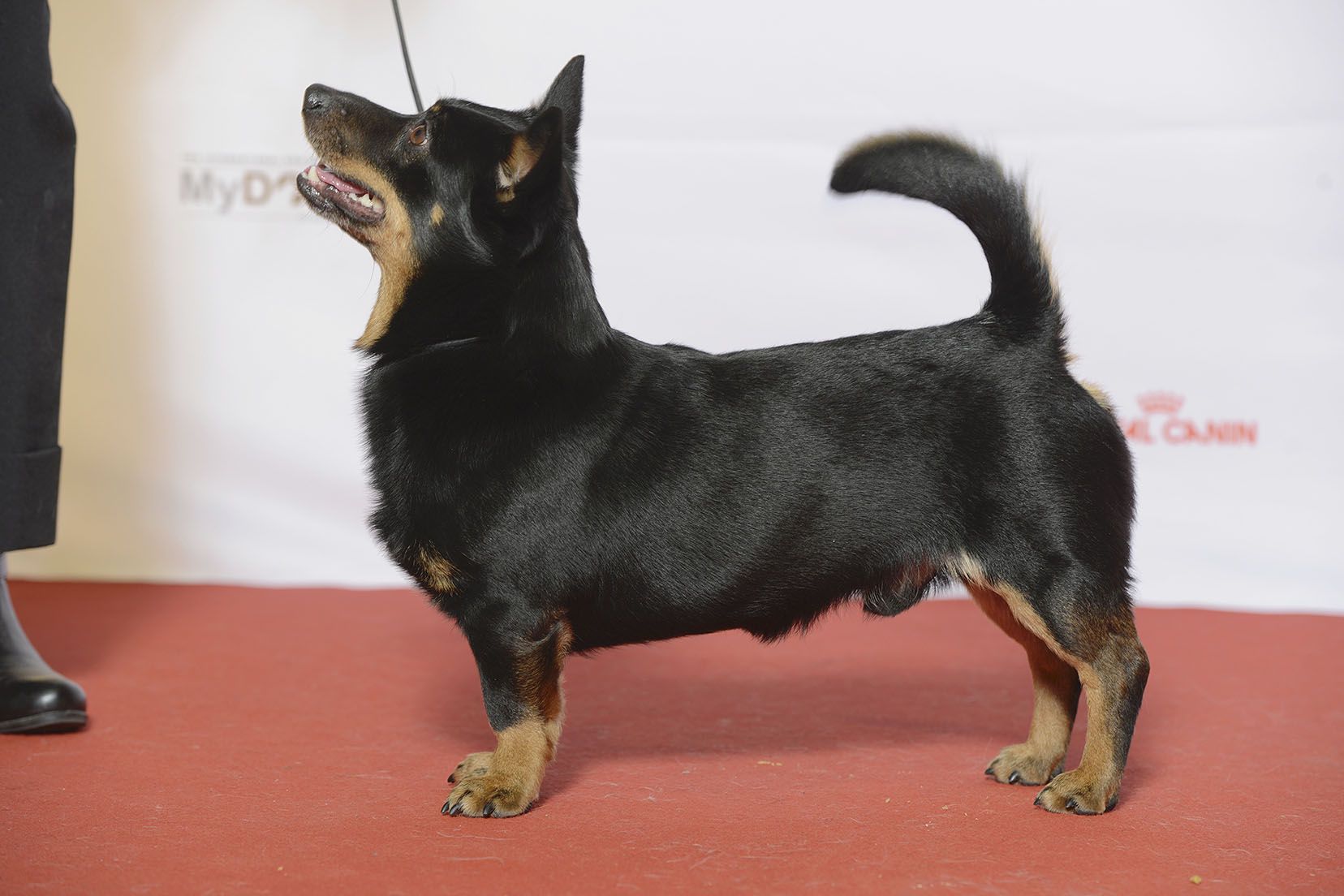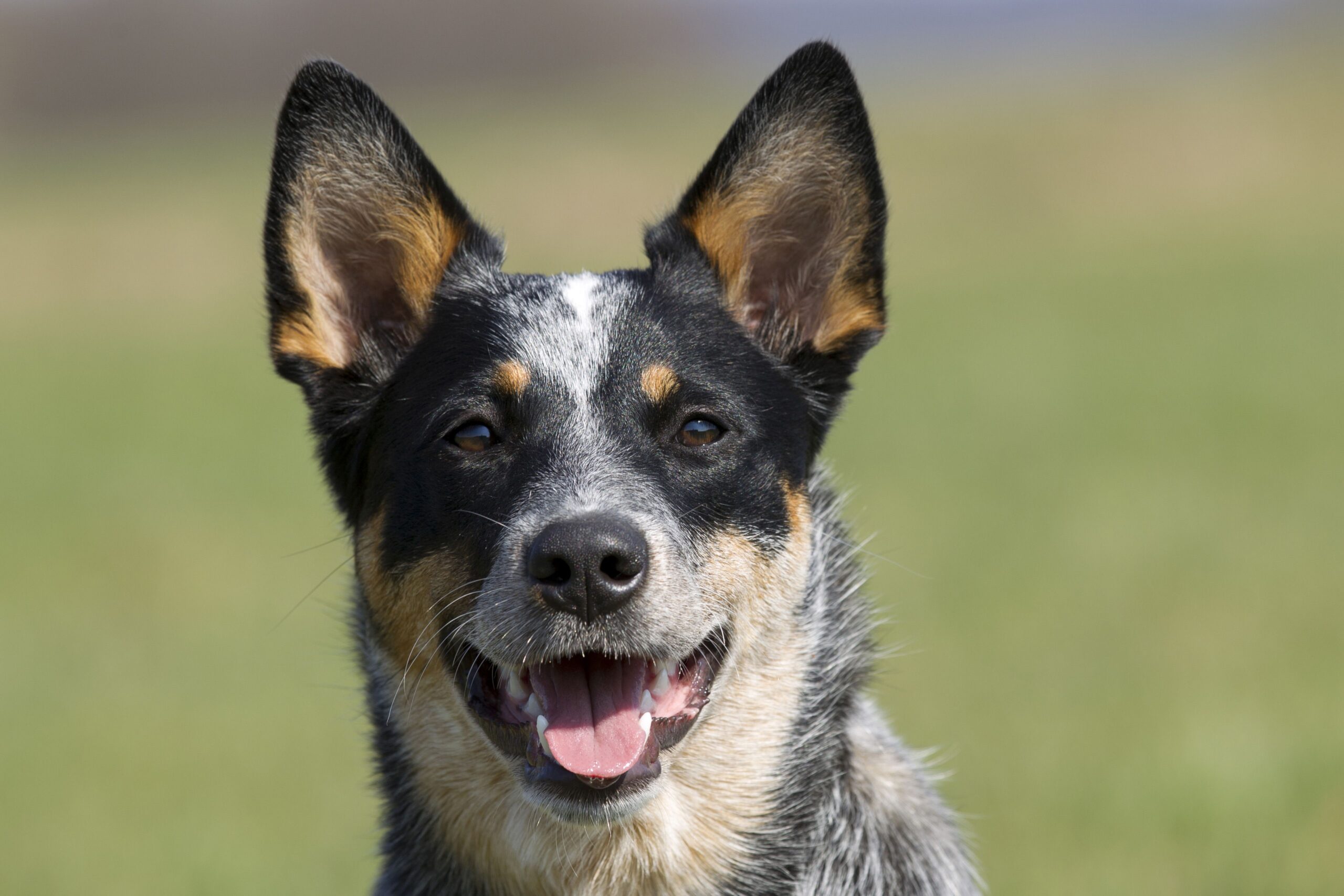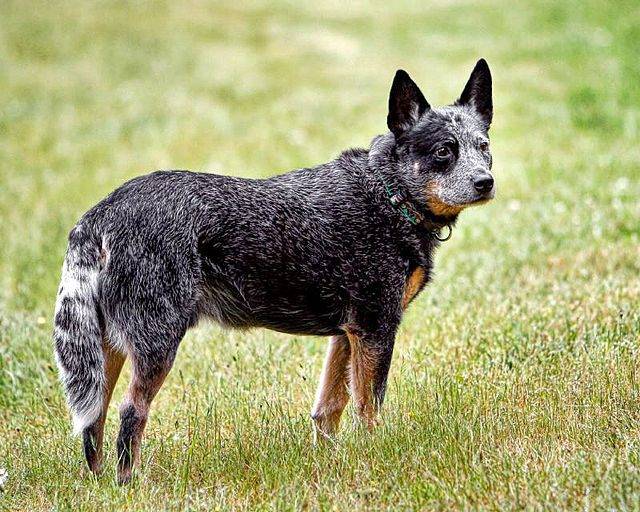Key Takeaways:
- The Texas Heeler is a crossbreed between an Australian Cattle Dog and an Australian Shepherd.
- They are highly intelligent, energetic, and require plenty of physical and mental stimulation to prevent boredom.
- Texas Heelers are known for their herding instincts and may try to herd family members or other pets if not properly trained.
- Regular exercise and training sessions are essential for this breed to prevent destructive behavior.
- Proper socialization from a young age is crucial to ensure they get along well with children and other animals.
Are you a dog lover looking to add a new furry friend to your family? If so, then understanding the characteristics and care of the Texas Heeler dog breed is essential for you. By delving into this subject, you will discover the value of owning a Texas Heeler and how to provide them with the best care possible. Did you know that Texas Heelers are known for their intelligence and loyalty? This makes them excellent companions and working dogs. Whether you're interested in agility training or simply want a loving pet, learning about this breed will give you insights into their unique needs and behaviors. So, let's dive in and explore the fascinating world of Texas Heelers together!
What is a Texas Heeler and what are its main characteristics?
A Texas Heeler is a mixed breed dog that is a cross between an Australian Cattle Dog (also known as a Blue Heeler) and an Australian Shepherd. This mix results in a dog with a unique combination of traits from both breeds. Texas Heelers are known for their intelligence, loyalty, and high energy levels.
These dogs have medium-sized bodies with strong muscles, making them agile and quick. They have short coats that come in various colors, including black, blue, red, and merle. Their eyes can be brown or blue, or even one of each color.
Intelligence
Texas Heelers are highly intelligent dogs. They have the ability to learn new commands quickly and excel in activities that require problem-solving skills. This intelligence makes them great working dogs on farms or ranches.
Loyalty
Texas Heelers are known for their loyalty to their owners. They form strong bonds with their families and will do anything to protect them. They are also very protective of their territory and may be wary of strangers.
High Energy Levels
Texas Heelers have a lot of energy and require plenty of exercise to keep them happy and healthy. They enjoy activities such as running, playing fetch, and participating in agility courses. Without enough physical activity, they may become bored or restless.
How did the Texas Heeler get its name?
The Texas Heeler gets its name from its parent breeds - the Australian Cattle Dog (Blue Heeler) and the Australian Shepherd. The term "Heeler" comes from the fact that these dogs were originally bred to herd cattle by nipping at their heels. This behavior is instinctual in both parent breeds.
The term "Texas" is added to the name because the breed became popular in the state of Texas, where they were used on ranches and farms. The combination of the two names - Heeler and Texas - resulted in the name "Texas Heeler."
Important factors to consider when caring for a Texas Heeler
Caring for a Texas Heeler requires some important considerations to ensure their well-being and happiness:
Exercise Needs
- Texas Heelers have high energy levels and need plenty of exercise to keep them physically and mentally stimulated.
- A daily exercise routine should include activities such as walks, runs, playtime, or training sessions.
- Without enough exercise, they may become bored or develop behavioral issues.
Mental Stimulation
- Texas Heelers are intelligent dogs that thrive on mental stimulation.
- Provide them with puzzle toys, interactive games, and training sessions to keep their minds engaged.
- They enjoy learning new commands and tricks.
Socialization
- Texas Heelers need early socialization with people and other animals to prevent them from becoming shy or aggressive.
- Expose them to different environments, sounds, sights, and experiences from a young age.
- Introduce them to other dogs and animals gradually, under controlled circumstances.
Are Texas Heelers good with children and other pets?
Texas Heelers can be good with children and other pets when properly socialized and trained. However, it is important to supervise interactions between them, especially with young children, as Texas Heelers have herding instincts and may try to nip or chase.
With proper socialization from a young age, Texas Heelers can learn to be gentle and patient with children. They can form strong bonds with their human siblings and become protective of them.
When introducing a Texas Heeler to other pets, it is important to do so gradually and under controlled circumstances. Proper introductions and positive reinforcement training can help them get along well with other animals in the household.
The exercise needs of a Texas Heeler
Texas Heelers are an active breed that requires plenty of exercise to keep them physically and mentally stimulated. Here are some important points to consider regarding their exercise needs:
Daily Exercise
A Texas Heeler should have at least 60-90 minutes of exercise every day. This can include activities such as brisk walks, jogging, playing fetch, or participating in dog sports like agility or flyball.
Mental Stimulation
In addition to physical exercise, Texas Heelers also need mental stimulation. Engage their minds by providing puzzle toys, interactive games, or training sessions that challenge their problem-solving skills.
Variety of Activities
Keep their exercise routine varied to prevent boredom. Take them on different routes for walks, visit new places, or introduce them to new activities periodically.
Consider Their Age
The exercise needs of a Texas Heeler may vary depending on their age. Puppies have lots of energy but should not be over-exercised as it can harm their developing bones and joints. Older dogs may require shorter, less intense exercise sessions.
Training tips for a well-behaved Texas Heeler
Training a Texas Heeler requires consistency, positive reinforcement, and patience. Here are some training tips to help you raise a well-behaved Texas Heeler:
Start Early
Begin training your Texas Heeler as soon as you bring them home. Early socialization and basic obedience training are essential for their development.
Positive Reinforcement
Use positive reinforcement techniques such as treats, praise, and rewards to motivate your Texas Heeler during training sessions. This will help them associate good behavior with positive outcomes.
Consistency
Be consistent with your commands and expectations. Use the same cues for specific behaviors and reinforce them consistently. This will help your Texas Heeler understand what is expected of them.
Patience and Persistence
Texas Heelers can be stubborn at times, so it's important to remain patient and persistent during training. Keep sessions short and frequent, focusing on one command or behavior at a time.
Common health issues in Texas Heelers
Texas Heelers are generally healthy dogs, but there are some common health issues that may affect them:
Hip Dysplasia
Hip dysplasia is a condition where the hip joint doesn't develop properly. It can cause discomfort, lameness, or arthritis. Regular exercise, maintaining a healthy weight, and proper breeding practices can help reduce the risk of hip dysplasia in Texas Heelers.
Cataracts
Cataracts are cloudy areas that form in the lens of the eye, causing vision problems. Texas Heelers can be prone to developing cataracts as they age. Regular eye check-ups and a healthy diet can help maintain good eye health.
Deafness
Some Texas Heelers may be born deaf or develop hearing loss over time. Responsible breeding practices, such as testing the hearing of parent dogs, can help reduce the risk of deafness in puppies.
Obesity
Texas Heelers have a tendency to gain weight if not properly exercised and fed a balanced diet. Obesity can lead to various health issues, including joint problems and diabetes. Regular exercise and portion control are important for maintaining a healthy weight.
In conclusion, the Texas Heeler is a loyal and intelligent dog breed that requires regular exercise and mental stimulation. With proper care and training, they can make great companions for families or individuals who are active and committed to meeting their needs.
Are Texas Heelers good house dogs?
Texas Heelers make wonderful additions to families, but it is important to provide them with early and consistent training to ensure their intelligence and energy are directed appropriately. Due to their high activity levels, it is best to provide them with a home that has ample land and opportunities for activities like hiking or access to dog parks.
What is the behavior of a Texas heeler?
The Texas Heeler has a temperament that includes natural herding instincts, which can sometimes be challenging. He is loving and protective towards his family, but may be wary of strangers and try to herd them away from you in order to keep you safe.
Are Texas Blue Heelers good dogs?
Personality: Texas Heelers are known for being intelligent, hardworking, and full of energy. They are loyal and make great companions.
Health: Generally, Texas Heelers are in good health, although like any breed, they may have certain hereditary health issues.
What is the difference between a blue heeler and a Texas heeler?
The lineage of a Shepherd can have a significant impact. Texas Heelers, for example, are generally bigger, may have longer fur, and need more regular grooming. They may also be easier to train and may not have the same guarding instincts as the Blue Heeler. And that's not all!
Can Texas Heelers be left alone?
Certainly, it is possible to leave them alone for reasonable periods of time, and with training, your heeler may be able to be left alone for longer periods without needing to be confined to a crate. However, even if they can handle being alone, it is recommended to consider reputable doggy daycares in your vicinity.
Are Texas Heelers hard to train?
Texas Heelers are highly intelligent dogs, which makes them fairly easy to train in obedience. When choosing a training location, it is recommended to find a quiet area with few distractions. Similarly, the Blue Heeler is also intelligent and easily trainable.
















